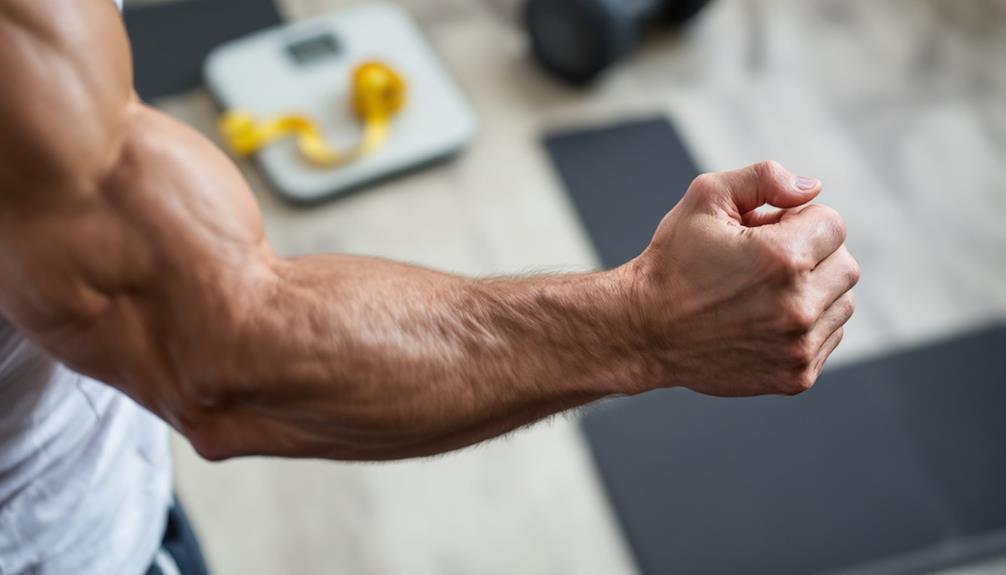You can gauge muscle gain by observing several key indicators. First, track changes in body measurements, focusing on areas like your chest, arms, and thighs. Next, notice visual signs; defined muscles, fuller shapes, and how your clothes fit can reveal growth. Strength improvements are also pivotal, so if you're lifting heavier weights or completing more reps, that's promising. Additionally, improved endurance and faster recovery after workouts suggest muscle progress. Take note of reduced soreness too; it shows your body's adapting. These signs are vital for understanding your muscle-building journey, and there's even more to explore on this topic.
Core Insight
- Track body measurements in areas like chest, arms, waist, and thighs for reliable indicators of muscle gain.
- Notice increased definition and fullness in muscles, along with changes in clothing fit.
- Experience improvements in strength, lifting heavier weights, or completing more repetitions during workouts.
- Observe enhanced endurance levels, allowing you to push harder and recover faster between sets.
- Enjoy quicker recovery times post-exercise, with reduced soreness and higher energy levels indicating muscle growth.
Changes in Body Measurements
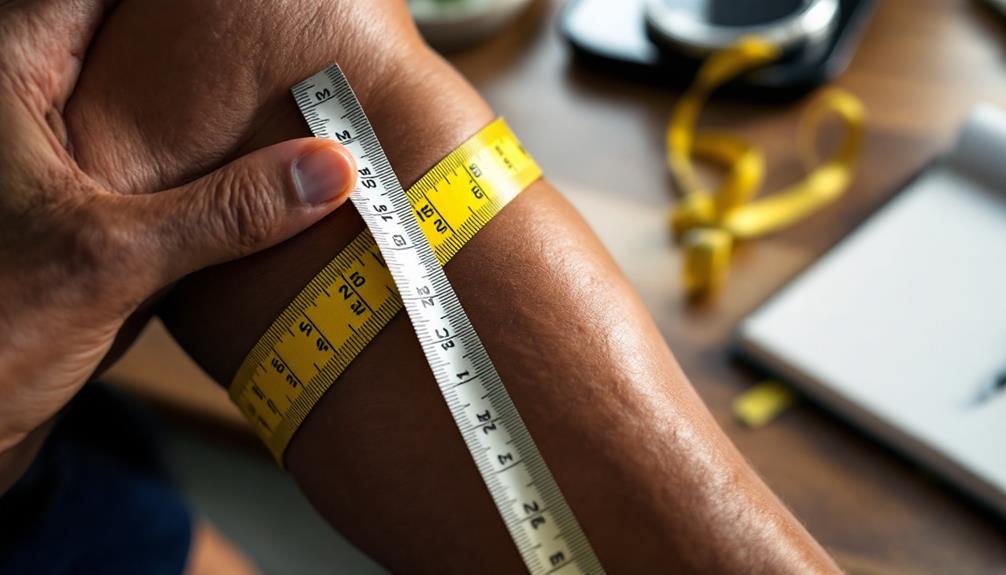
When tracking your muscle gain, changes in body measurements are very reliable. Start by measuring important areas like your chest, arms, waist, and thighs. Doing this every few weeks can help you see trends over time. Using a foam roller during your workouts can improve flexibility and muscle recovery, which might lead to better gains in your measurements.
You may notice your muscles getting bigger, especially in the areas you work on the most. For example, if your biceps are growing, you will see an increase in your arm measurements. It's important to measure consistently by using the same tape measure and technique each time.
Keeping a record of these measurements allows you to see your progress and make changes to your training if needed. Remember, while your weight on the scale can change, measurements give you a clearer picture of your muscle gains.
Visual Indicators of Muscle Growth
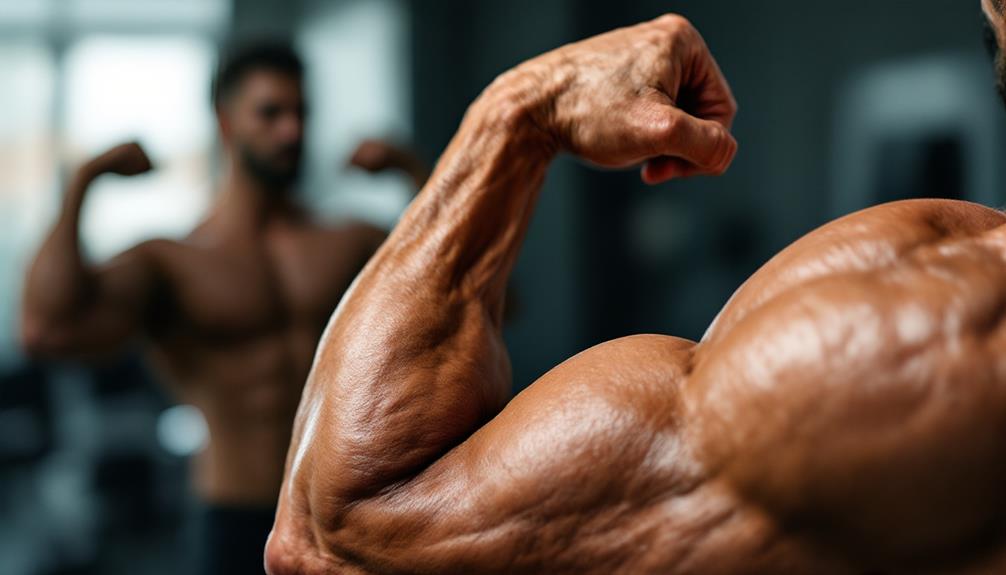
When tracking muscle growth, it's important to pay attention to visual signs. You might see more definition in your arms, legs, and shoulders. Your muscles may look fuller and more sculpted. These changes can be encouraging as you work towards your fitness goals.
Another sign of muscle growth is how your clothes fit. If your shirts feel tighter around your arms or chest, it's a good indication that your muscles are getting bigger. You may also notice more visible veins, which can mean you have less body fat and more muscle.
Strength and Performance Improvements
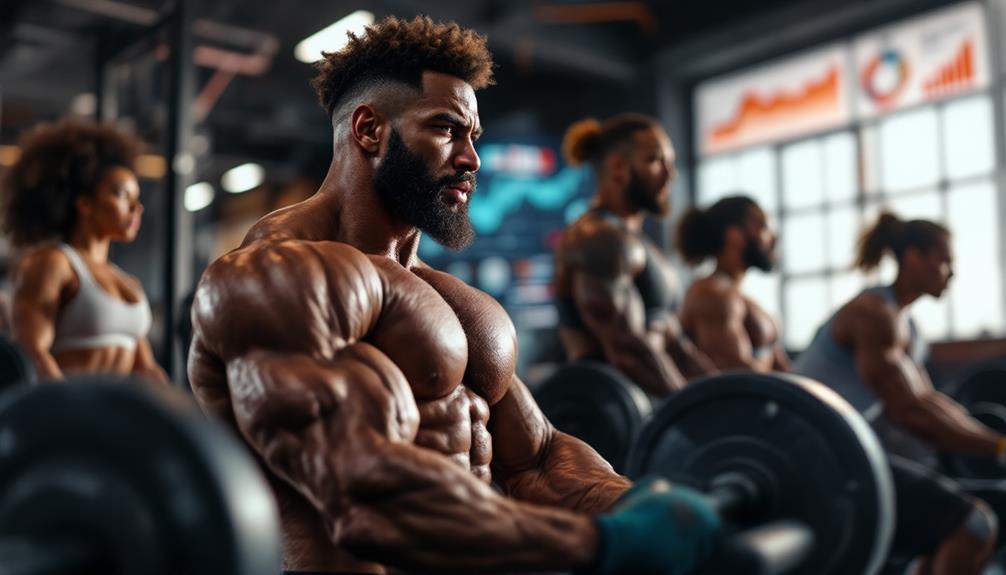
One clear sign that you are gaining muscle is when you notice improvements in your strength and performance. As you work out, you may find that you can lift heavier weights or do more repetitions of an exercise. This increase in strength shows that your muscles are adapting and getting bigger.
You might also see better performance in activities like sprinting, jumping, or climbing. If you are reaching personal records or finding tasks easier, that's a good sign of muscle growth.
It's important to track these improvements. Keep a journal of your workouts to see how you progress. Celebrate your milestones, as they show that your hard work is paying off. Remember, consistent strength gains are a key part of building muscle.
Increased Endurance Levels

As you continue your workouts, you may notice that activities like running, cycling, or lifting weights get easier. You can push yourself more during your exercises, and you might recover faster between sets. This improvement in endurance shows that your body is getting stronger. As you move forward, think about adding health supplements to support your muscle growth and overall health. Keep an eye on your progress, and you'll see how your better endurance helps with your muscle gains.
Recovery Time After Workouts

As your endurance grows and workouts start to feel easier, one important sign of muscle growth is how quickly you recover after exercising.
Recovery time is how long it takes your muscles to feel ready for another workout. If you find you're recovering faster after your sessions, it's a positive sign that your muscles are adapting and getting stronger. Using topical magnesium sprays may help with muscle recovery and reduce soreness, making them a useful part of your post-workout routine.
Also, pay attention to how sore you feel. If you experience less soreness after workouts, it means your recovery is improving.
Keep an eye on your energy levels too. If you feel energetic shortly after exercising, that's another good sign.
Changes in Clothing Fit
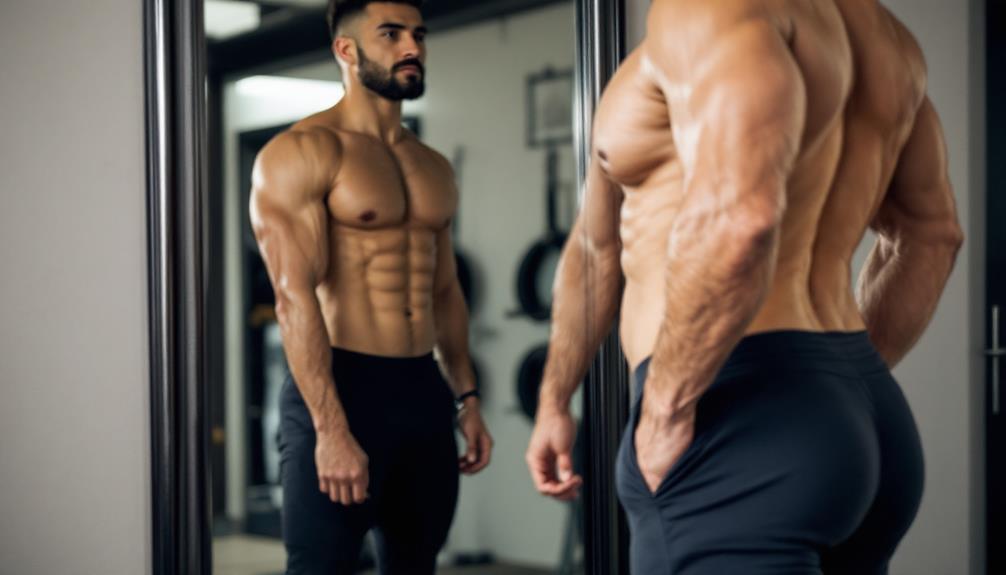
Noticing changes in how your clothes fit can be a sign that you are gaining muscle. If your shirts feel tighter around the shoulders and chest, or your pants fit more snugly in the thighs, it likely means you are building muscle. This is because muscle is denser than fat; it takes up less space but weighs more. Adding herbal supplements to your routine may help with muscle recovery and could support these physical changes.
Also, pay attention to how your workout clothes feel. If they are getting tighter, that might mean you are making progress.
Over time, you may find that you need to update your wardrobe. Embrace these changes as they show your hard work and dedication. Keeping track of how your clothes fit can help you monitor your muscle growth effectively.
Appetite and Nutrition Adjustments

As you build muscle, you may notice changes in how your clothes fit and your appetite. You might feel hungrier than usual. This is a sign that your body needs more fuel for those growing muscles. For a quick energy boost without too much sugar, try low-sugar energy bars as a handy snack.
It's important to adjust your diet to match your needs. Focus on foods high in protein, like lean meats, eggs, and beans. These help repair and grow your muscles. Don't forget about carbohydrates, as they provide the energy you need for your workouts.
Healthy fats are also important for your overall health.
Listen to your body. If you feel tired or your performance drops, it might be time to reassess what you're eating. Staying hydrated is key too. By paying attention to your body's signals, you can effectively support your journey to build muscle.
Muscle Soreness and Discomfort
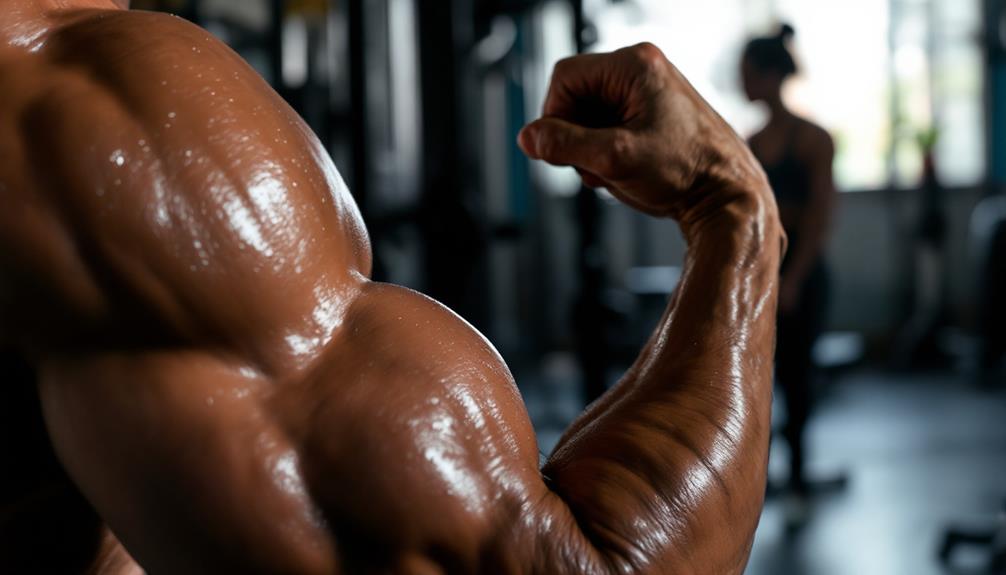
Muscle soreness is common, but it's important to pay attention to your body. If the soreness feels sharp or lasts a long time, it might be a sign of an injury instead of muscle growth. Using compression sleeves can help with recovery by improving blood flow and giving support to sore areas. To manage soreness, try light stretching, drink plenty of water, and eat healthy foods. Getting enough rest is also crucial, as it allows your muscles to heal. Keep in mind that soreness doesn't always mean you're building muscle; it can also show that your body is adjusting to new challenges.
Consistency in Training Routine
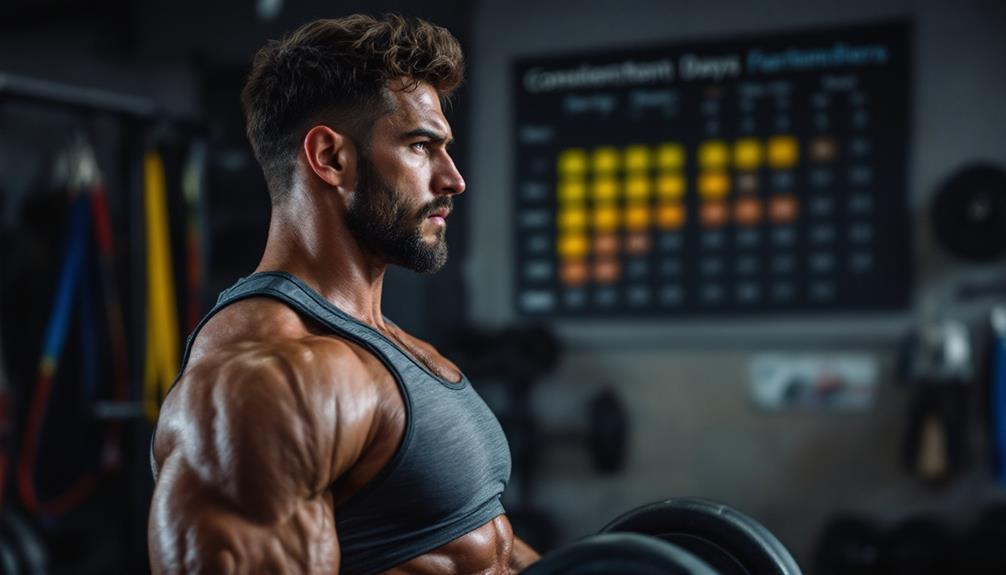
To build muscle effectively, it's important to be consistent with your training routine. Sticking to a regular schedule allows your body to adapt and grow stronger. Try to include both strength training days and rest days in your plan for the best results. Keeping track of your workouts can help you stay motivated and accountable.
Here's a simple guide for your training week:
| Day | Activity |
|---|---|
| Monday | Strength Training |
| Tuesday | Rest |
| Wednesday | Strength Training |
| Thursday | Rest |
Frequently Asked Questions
How Often Should I Track My Progress for Accuracy?
You should track your progress weekly for the most accurate insights. This frequency allows you to notice changes without becoming overly obsessed. Adjustments can be made easily based on your results during this timeframe.
Can I Gain Muscle Without a Gym Membership?
Absolutely, you can gain muscle without a gym membership! Utilize bodyweight exercises, resistance bands, or household items. Stay consistent with your workouts, focus on proper nutrition, and track your progress to see results.
What Role Does Sleep Play in Muscle Growth?
Ever wonder why you feel tired after a workout? Sleep is essential for muscle growth; it helps repair tissues and boosts recovery. Prioritizing quality sleep can enhance your gains and keep you feeling energized for workouts!
Are There Age-Related Factors Affecting Muscle Gain?
Yes, age-related factors do affect muscle gain. As you age, hormonal changes, decreased metabolism, and muscle recovery rates can slow down. Staying active and maintaining a balanced diet can help counteract these effects effectively.
How Do Hormones Influence Muscle Development?
Hormones are the orchestra conducting your muscle development. They regulate growth, recovery, and strength. When testosterone and growth hormone levels rise, you're more likely to build muscle efficiently, supporting your fitness journey and goals.

